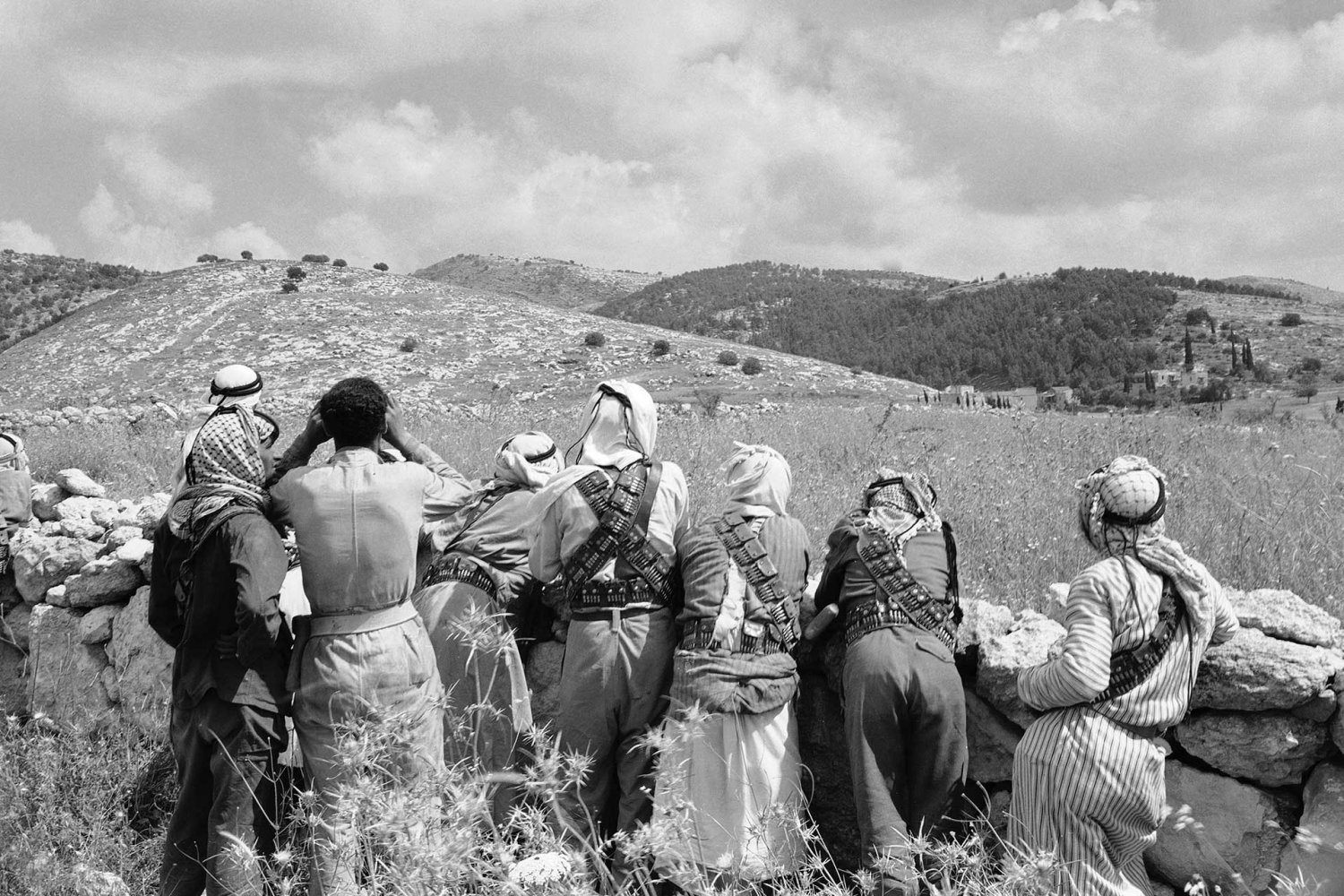Named for the surrounding hills, Bab al-Wad, meaning “Gate of the Valley” in Arabic, before 1948 was a vital narrow passage on the Jaffa-Jerusalem road, which linked the coastal plain of Palestine to the Jerusalem mountains. Renowned as the gateway to Jerusalem at the time, its strategic significance was amplified starting in early 1948, when Arab forces severed the supply line to Jerusalem, blocking food from reaching the city. By late March, strict food rationing was imposed during the 1948 War for control of Jerusalem. Because Palestinian villages surrounded it on hills on both sides, the Arabs maintained control of Bab al-Wad initially.
As Arab and Zionist forces vied for control over Jerusalem and its hinterland, Bab al-Wad witnessed intense battles between the Arab Liberation Army and the Jewish Palmach and Haganah,1 with Arab troops establishing roadblocks to disrupt the flow of supplies into besieged Jewish Jerusalem.2 In April 1948, the Haganah launched Operation Nachshon, the first major military operation of the 1948 War, aimed at clearing the strategic hilltop villages in a bid to open the road to Jerusalem, but the attempt to capture this position failed, and by April 20, Arab fighters had regained control of the high ground (see The West Side Story).3 Subsequent operations ensued, and it wasn’t until mid-May 1948, when the Arab Legion took control, that the area was secured. It remained in Jordanian hands until 1967.
This photo captures Arab fighters monitoring the hills of Bab al-Wad on May 10, 1948, as Palmach forces attacked the nearby village of Beit Mahsir, a Palestinian stronghold controlling access to the passage.4 According to Walid Khalidi in All That Remains, “Although the village [of Beit Mahsir] was targeted for occupation during Operation Nachshon in early 1948, it was not taken until the first half of May.”5 Based on this account, the force defending the village at that time was the Arab Liberation Army’s Qadisiyya battalion, commanded by Fawzi al-Qawuqji. On May 10, the commanding officer at the village cabled to say the situation was “critical.”6

